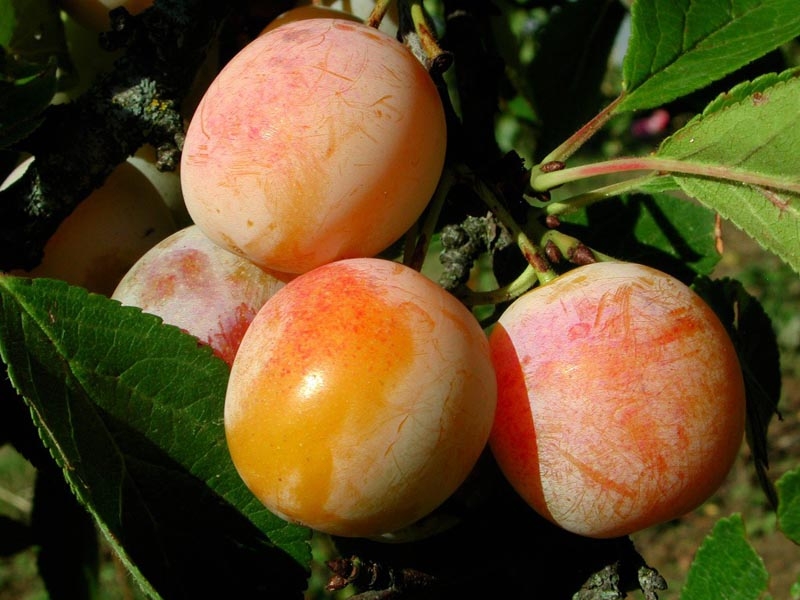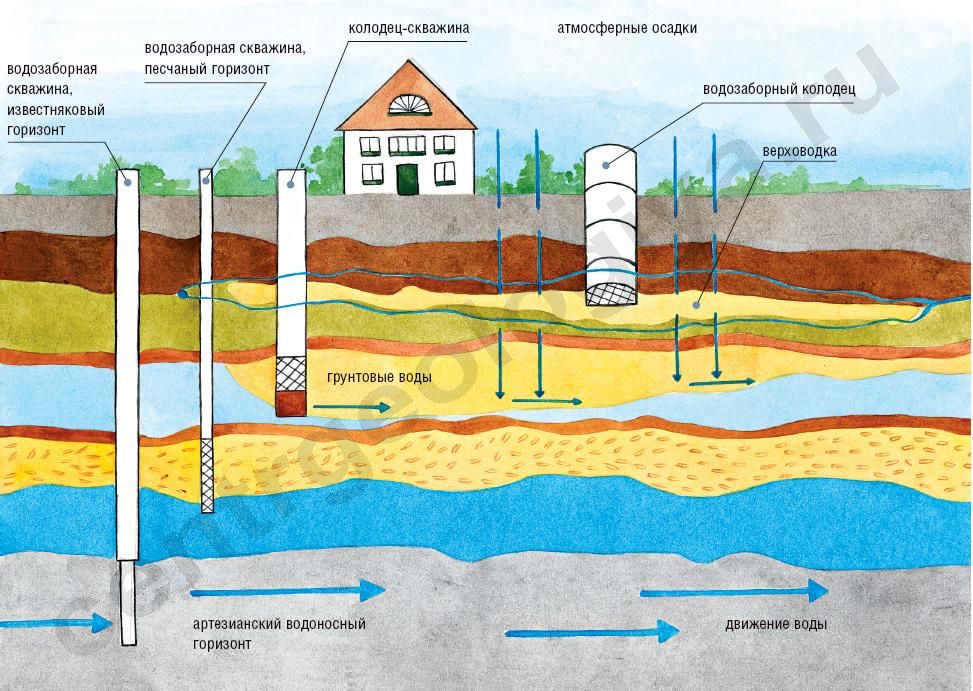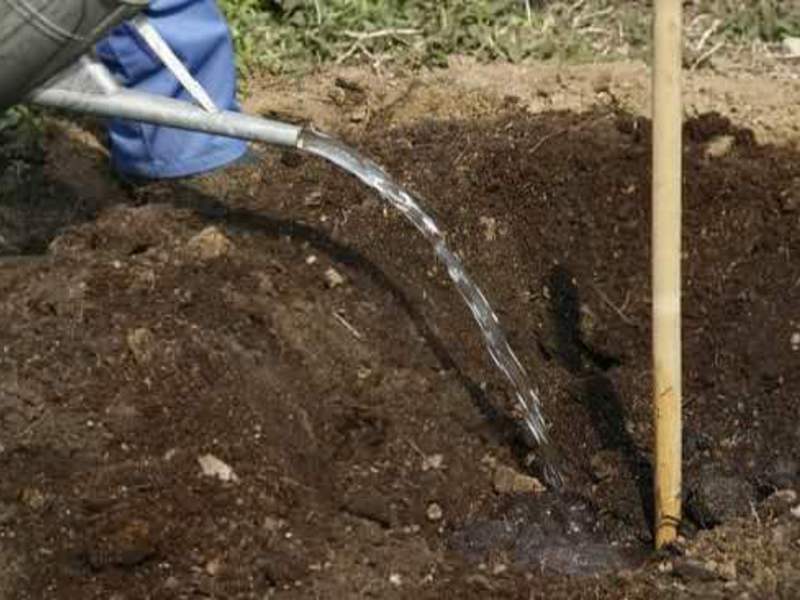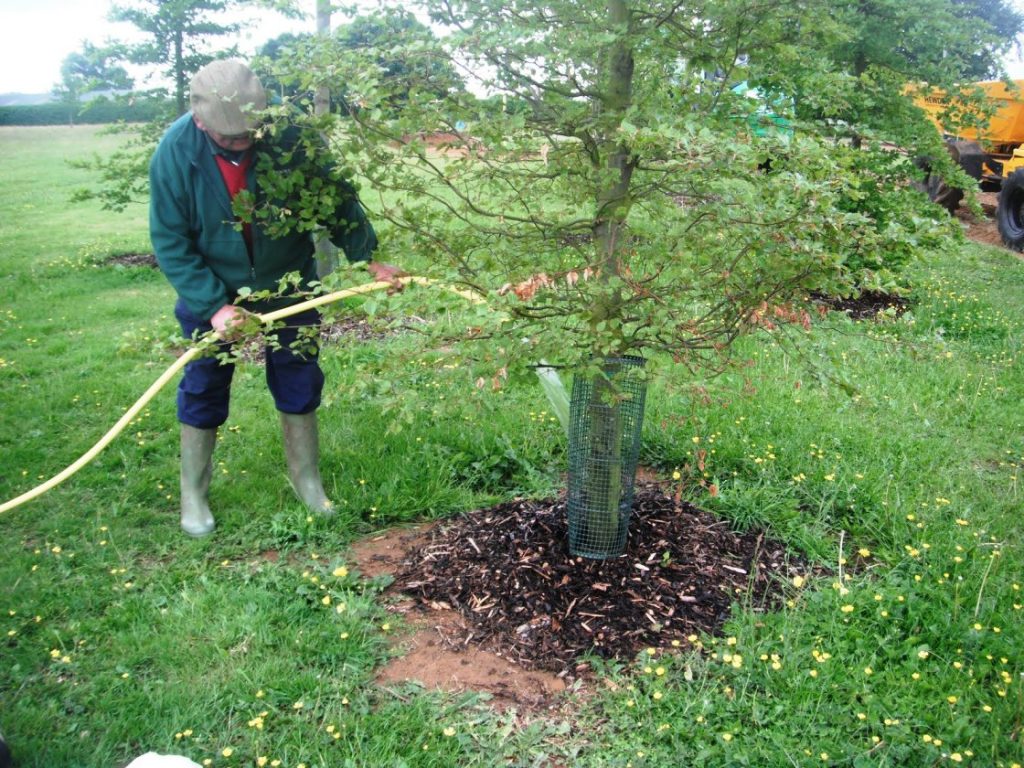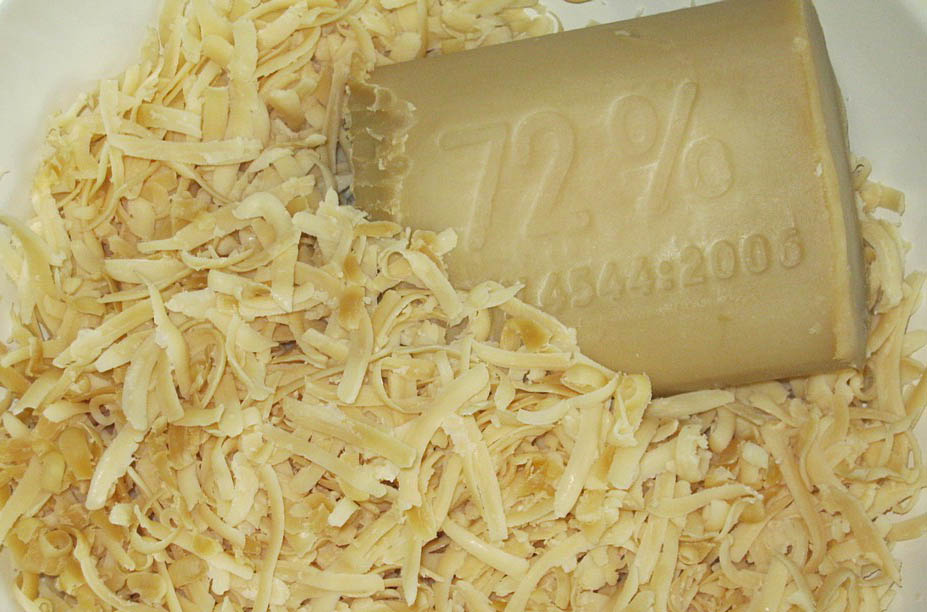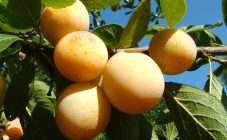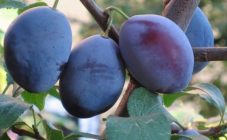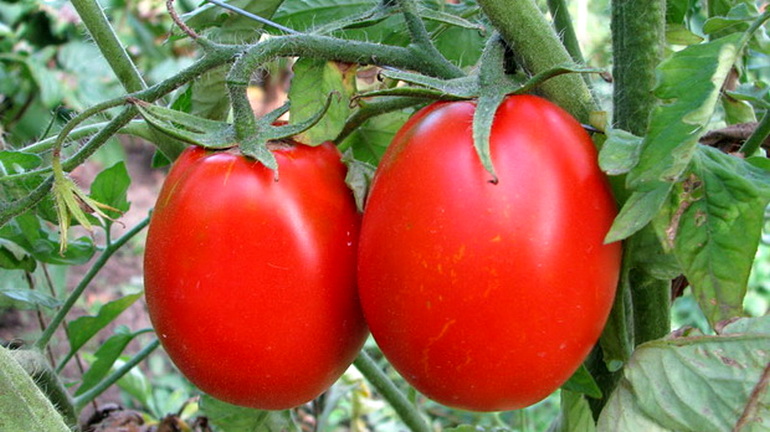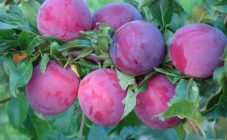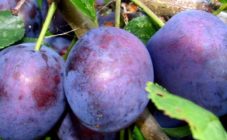Content:
Plum occupies a worthy place in the orchards of Russians along with apple, pear and cherry. The variety Pamyat Timiryazeva appeared a long time ago and has not lost its relevance, despite its low resistance to frost. He is loved and advised to friends for high yield, taste and decorativeness.
History of creation
Plum Memory Timiryazev appeared in the 50s. last century at the Moscow Institute of Horticulture. It was obtained by crossing the varieties Skorospelka red and Victoria, through the efforts of the institute breeders S.N. Satarova, V.A. Efimova and Kh.K. Enikeeva. In 1959, the variety was zoned for the Central and Middle Volga regions. Widespread throughout the Moscow region and the western republics of the Union.
Characteristics and features of the variety
The variety is late, the fruits ripen closer to September. Average frost resistance, shoots suffer at -250C. But flower buds freeze less, the tree quickly recovers. The yield is high, with good care it reaches 35 kg, on average - 15-20 kg. It enters the fruiting phase at 4-5 years of age, yields a harvest for more than 20 years. The variety is self-fertile, but the presence of a nearby pollinator will have a good effect on yield. The best varieties for this role are Skorospelka Krasnaya and Vengerka Moskovskaya.
The tree is medium in height, up to 3 m, the crown is round, of medium thickening. Shoots pubescent, light brown. Leaves are light green, obovate, with a wrinkled upper side, no pubescence. The petioles are short, the flowers are cup-shaped, white. Blooms in May.
Fruit characteristics:
- average size - about 22 g;
- the shape is round, slightly elongated, the abdominal suture is underdeveloped;
- the color is yellow with a red blush, there are subcutaneous points;
- the wax coating is weak, there is no pubescence;
- the pulp is yellow, firm, not very juicy;
- the taste is sweet and sour, the aroma is poorly expressed;
- the stone and peduncle are easily separated without damaging the integrity of the fetus.
The variety has high resistance to fruit rot and clasterosporium disease, and is damaged by a spider mite.
Agricultural technology of cultivation
The first step is to decide on a place for planting the culture. On the south side, the plum should not be blocked from the sun, otherwise the fruits will be sour. But the wall or trees on the north side will help the Memory of Timiryazev to be protected from cold winds. The food area required by the drain is 9 m, therefore, up to a neighboring tree or household. buildings should be at least 3 m. Soils are required sandy loam or loamy. On heavy soils with stagnant water, plums will not develop and bear fruit. If groundwater is located close to the site, then you need to plant a tree on a hill or provide good drainage. The minimum permissible groundwater level is 1.5 m. The required acidity is neutral, as for most fruit crops.
What you need to consider in order to choose healthy planting material:
- Best of all, 1-2 year old seedlings take root, no more than 1.5 m in height.
- Branches can be 15-30 cm long, roots 25-30.
- There should be no damage, growths, spots on the roots.
- A good tree should have 3-4 roots.
- If the seedling is sold with a closed root system, the soil in the container should not be dry or cracked.
- If the seedling has leaves, they should not have cobwebs, insects and their larvae, they should not be wrapped.
Landing
The plum tree is planted in April before the buds are in full bloom. It is better to prepare the soil in the fall so that it has time to settle, and the fertilizers are dissolved and evenly distributed in the soil. Soil preparation consists of the following steps:
- The earth is dug up, freed from weeds.
- A hole is dug, at least half a meter deep and the same in diameter.
- The earth from the upper fertile layer is folded separately on a film, from the lower one is removed.
- Further, directly on the film, you can mix the remaining soil with an equal amount of humus, ash (0.5 kg), superphosphate (0.2 kg), potassium sulfate (80 g). If the soil is acidic, then 1 tbsp. dolomite flour.
- The resulting mixture is filled into a hole, if not enough to the edge, you can add ordinary earth on top. The main thing is that the nutrient mixture is in the root zone.
- A peg is driven into the hole, slightly stepping back from the center.
In the spring, when the soil warms up, a hole is dug in the resulting planting hole, sufficient for the root system of the seedling. At least a bucket of water is poured into the bottom of the hole. Next, you need to lower the seedling into it, carefully spread the roots. The root collar should be several cm above the soil level. But when planting, it is better to leave it level with the ground, over time the soil will settle and the collar will rise.
The roots must be well spread and covered with soil. Tamp the soil carefully to avoid damaging the roots. Having stepped back from the trunk 20-30 cm, a groove is made around the tree, into which rainwater will collect so that the root collar does not get wet. Pour 1-2 buckets of water into this groove. Then mulch the soil with humus or peat, slightly stepping back from the trunk. The seedling is tied to a peg, which can only be removed after two years.
Care features
Young plum tree care consists of regular watering, loosening and mulching. Drought resistance in Memory of Timiryazev is low, therefore, in the heat, you need to make sure that the soil in the near-trunk circle does not dry out and does not crack.
The last water-charging irrigation is carried out in the fall, before the onset of stable frosts. In this case, one should not spare water - at least 10 buckets of water will be needed for an adult tree.
Top dressing is carried out, taking into account the age of the plant:
- Second and third year after planting. If there is fertile soil on the site, and the planting pit was well filled with fertilizers, the plum can not be fed before the beginning of fruiting. On poor soils, fertilize according to the following scheme:
- 2 years - at the beginning of June and after 3 weeks: 2 tbsp. l. urea;
- 3 year - early May: 20 g. Superphosphate + the same amount of potassium sulfate.
- An adult tree. On normal soil, it is recommended to fill the trunk circle with a bucket of humus with 0.5 kg of ash every three years. Mineral fertilizers are fed annually as follows:
- before flowering - 2 tbsp. l. urea;
- while pouring fruits - 3 tbsp. l. nitrophoski;
- after harvesting - 2 tbsp. l. potassium sulfate + 3 tbsp. l. superphosphate.
Variety Pamyat Timiryazeva does not tolerate frosts well, so it needs to be prepared for winter. It is undesirable to whitewash young seedlings, since whitewashing can damage the delicate bark. Instead, an air-permeable covering material is used. If the plum is shaped like a bush, the shoots are pulled together and tied with a soft ribbon. You can wrap a young plant entirely. The near-trunk circle is mulched with a thick layer of sawdust, straw, leaves, etc. In the spring, the shelter must be removed in time so that the tree does not close up, but not too early, so that it is not damaged by recurrent frosts.
In a thick layer of dry, warm mulch, mice like to hibernate, which can gnaw the bark of a young tree.Therefore, it is recommended to spread poison, mousetraps or burdock fruits nearby. The latter stick to the skins of animals and cause them a lot of trouble, so mice avoid contact with thorns.
Pruning
When forming the crown, the strongest healthy branches (8-10 pcs.), Growing at an angle of 45o, are cut by a third. All other branches are deleted. The central shoot is kept 20 cm above the skeletal branches. Every year the increase is shortened by a third. Sanitary pruning is done annually. They begin to rejuvenate the plum when the growth decreases. At the same time, old branches are shortened to the level of 2-3 years old wood. Slices are treated with garden pitch.
Diseases and pests
The plum must be protected from parasites by spraying the tree after flowering with a solution of colloidal sulfur or insecticides (follow the dosage description on the package). Prevention of spider mite damage is: loosening the soil, burning fallen leaves and spraying the leaves with a solution of laundry soap.
Plum diseases are of the following type: moniliosis, coccomycosis, rust, scab. Against these diseases, a solution of copper oxychloride is used before and after flowering. Bordeaux liquid is applied after harvest.
Advantages and disadvantages of the variety
Plum variety Pamyati Timiryazeva has the following advantages:
- High productivity;
- Self-pollination ability;
- Good taste of fruits;
- Fruits are firm and able to withstand transportation;
- Resistance to clotrosporiasis;
- Recovers quickly from frostbite.
Among the disadvantages can be distinguished: low frost resistance and drought resistance, a tendency to defeat spider mites.
In general, the variety has proven itself well among amateur gardeners and for growing on an industrial scale. In regions with mild winters, it feels great, in more northern regions it requires shelter from frost.
